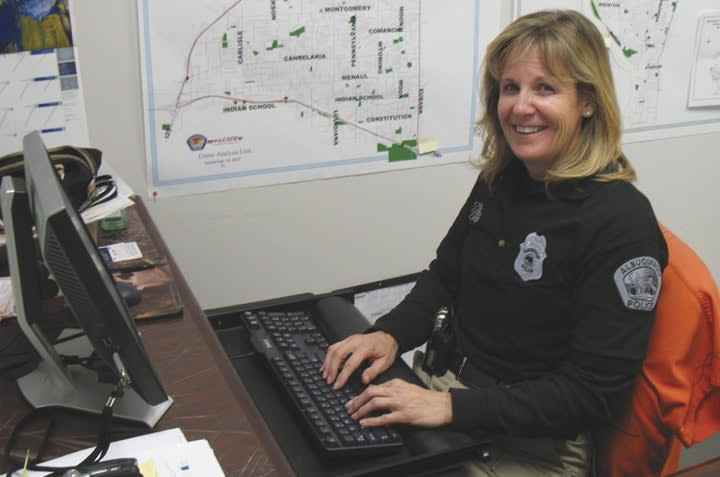"The most difficult obstacle is that services to both the homeless and the poor are very fragmented, spread out, and difficult to access," explains Thomson. "There is no 'one stop' place for help, and so the homeless become frustrated and further isolated by the system. After all, it's difficult even for a trained team of professionals to navigate the system. How can we expect an individual, who has no training or resources (not even a telephone) to do so? But our Strategic Outreach Teams are able to help find housing, shelter, bus tickets, meals, a lost family member, detox, rehab, a doctor, a counselor, a mechanic, and more. And they also make phone calls and refer back to law enforcement where appropriate."
The idea for the COAST program came from Chief Ray Schultz, who likes to call the program "CIT on steroids." It was based on a model from the Scottsdale (Ariz.) Police Department. Originally funded in 2005 as a pilot project by the City of Albuquerque's Department of Family and Community Services, the unit was started as a way to bridge a gap that exists in providing follow-through to people in crisis, particularly those who do not pose a danger to public safety.
Thomson, then a CIT detective with Albuquerque PD, was part of the team that developed the program. She also helped design and administer the training. The pilot program was so effective that COAST is now a permanent part of the police department within the Strategic Support Division.
"We do a lot with a little," Thomson notes. "Even though New Mexico is a poor state and ranks quite low on dollars spent on mental health, Albuquerque's programs are a model for the rest of the country."
Albuquerque's mayor, Martin Chavez, and Chief Schultz have made addressing homelessness and mental illness a priority, and to that end Albuquerque has created successful Drug and Mental Health Courts, a Family Advocacy Center, and a Homeless Court. The city also funded a Housing First program and an ACT (Assertive Community Treatment) team. The latter program addresses those with severe mental illness who do not respond to traditional modes of treatment and utilizes the same psychiatrist used by COAST and the Strategic Outreach Teams.











